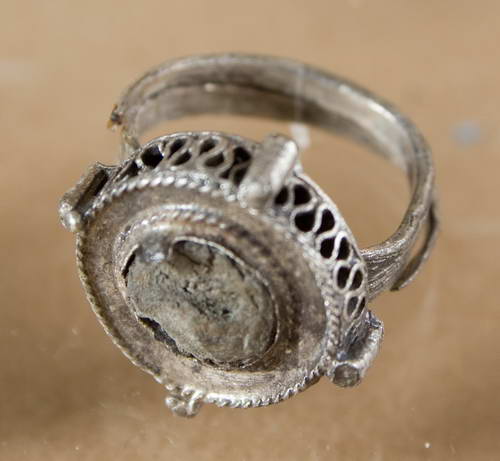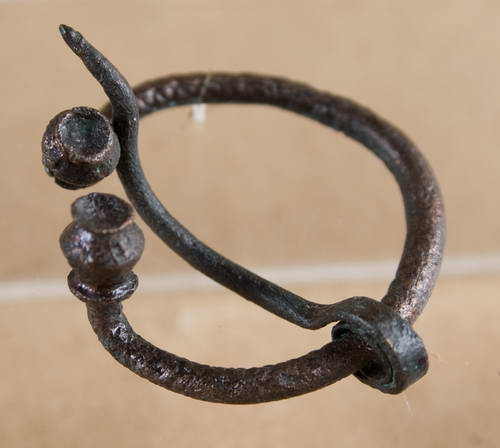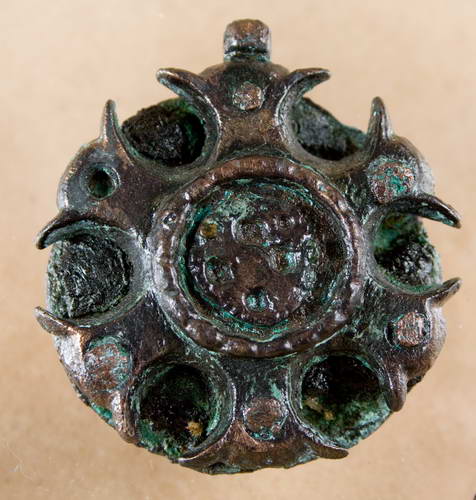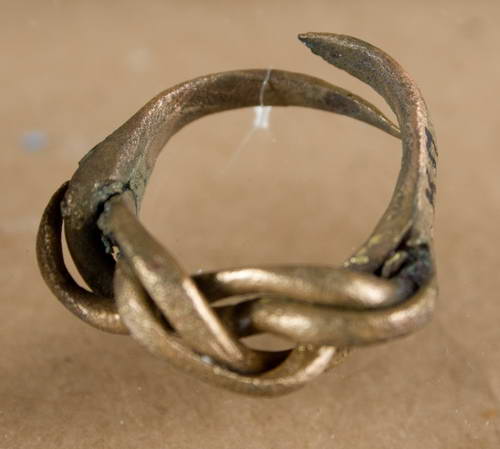The museum collection Archaeology began to form in 1975 (materials of excavation inside the St. Sophia Cathedral in Polotsk).
The collection includes materials of archaeological excavations of ancient sites, settlements, ground and burial mounds, pagan sanctuaries, ancient cities, as well as excavations on the territory of the religious monuments in different cities and towns of Belarus; photographic images and reports on the excavations. Tools of labor, weapons, costume details and ornaments, fragments of household utensils (pitchers, pots, jugs, plates, cups) and architectural-building ceramics indicate the high level of the Belarusian material culture and allow us to trace the development and use of national houseware in the rituals of Belarusians to present days. It is divided into two sub-collections: The Individual Findings, Mass Findings. The most valuable museum objects in the museum’s collection are:
- Materials of excavations of 1954-1955 on the settlement in Vaukavysk (under the direction of G. I. Pekh) – crosses, beads, pieces of icons, spindles, pendents of 11th – 13th centuries;
- Materials of excavations in 1986 of stone tombs of 10th – 15th centuries near village Venzovschina, Shchuchin district (under the direction of A. V. Kvyatkovskaya) – burial items (brooches, buckles, temporal rings, knives, axes, flint, etc.);
- Materials of excavations in 1997 on the settlement of 10th – 11th centuries near village Zbochno, Slonim district (under the direction of A. Dobriyan) – beads, temple rings, spindles and others.
As of 01.01.2025, the museum collection Archaeology consists of 14,744 museum objects of main fund and 413 objects of scientific and auxiliary materials’ fund.




